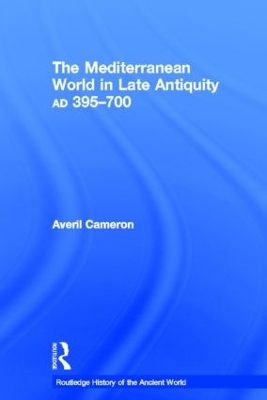The Routledge History of the Ancient World
2 total works
This thoroughly revised and expanded edition of The Mediterranean World in Late Antiquity, now covering the period 395-700 AD, provides both a detailed introduction to late antiquity and a direct challenge to conventional views of the end of the Roman empire. Leading scholar Averil Cameron focuses on the changes and continuities in Mediterranean society as a whole before the Arab conquests. Two new chapters survey the situation in the east after the death of Justinian and cover the Byzantine wars with Persia, religious developments in the eastern Mediterranean during the life of Muhammad, the reign of Heraclius, the Arab conquests and the establishment of the Umayyad caliphate.
Using the latest in-depth archaeological evidence, this all-round historical and thematic study of the west and the eastern empire has become the standard work on the period. The new edition takes account of recent research on topics such as the barbarian ‘invasions’, periodization, and questions of decline or continuity, as well as the current interest in church councils, orthodoxy and heresy and the separation of the miaphysite church in the sixth-century east. It contains a new introductory survey of recent scholarship on the fourth century AD, and has a full bibliography and extensive notes with suggestions for further reading.
The Mediterranean World in Late Antiquity 395-700 AD continues to be the benchmark for publications on the history of Late Antiquity and is indispensible to anyone studying the period.

